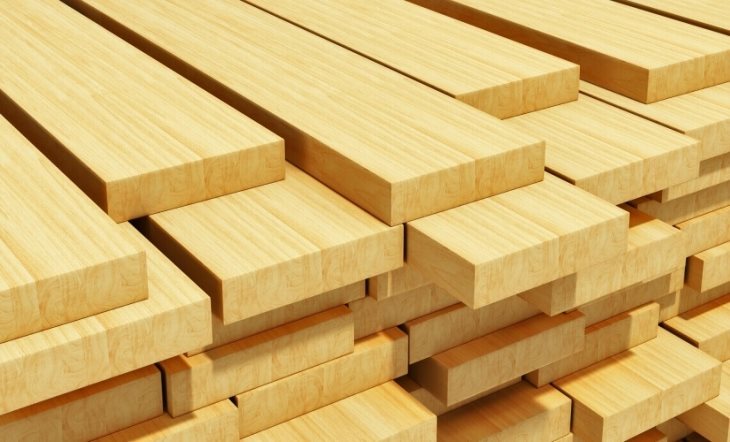Shortly after the onset of the pandemic in 2020, the cost of lumber began to rise and it has continued to climb steadily ever since. What has caused this phenomenon? When the pandemic started, the market experienced a decrease in the production of lumber as a consequence of some mills closing and other decreasing production in response to stay-at-home orders and restrictions on production. In the following months when the general population realized the end of the pandemic was not in the near future, coupled with a drop in interest rates, home purchases spiked, and homeowners new and existing began pursuing renovations. The sudden demand for lumber was simply unforeseen. The result? Prices for a standard 1,000 board feet of lumber jumped from $347 to $1645 between May 2020 and 2021, according to Wells Fargo analysts.
Let’s discuss the effects of this phenomenon. Naturally the increase in wood prices increases the cost of building materials for new homes and renovations as well as the cost of wood products for manufacturing furniture and wood flooring. For insight, we consulted our cabinet-maker, Ryan from Michael James Furniture about the impact to consumers, AKA our clients. He responded “I’ve been thinking a bit about this and what I think is that for our industry – people are investing in their homes. Obviously as demand rises and suppliers find themselves struggling to meet this unexpected rise in demand for what many consider luxury goods, prices are naturally going to go up but from what I have read, home values are rising as well to keep in line with the rising costs of building, etc. As people think about building, renovating, [and] redecorating in light of these rising costs, at least they can see the values of these homes rising to keep in step, making the investment in their homes not only one of function and enjoyment but one that will hopefully provide a good return on investment if they ever do sell their home”.
We believe an informed client is the smartest client. The knowledge of decreased supply and increased demand and cost leaves the end consumer with the option of moving forward with custom-built furniture, or waiting out the current cycle. Ryan is currently locking in pricing for 14 days, so it is important to make decisions quickly and deliberately. Of course we don’t have a crystal ball, but if costs continue to rise, a decision to move forward today may prove to be cost-effective compared with waiting to complete your projects.

